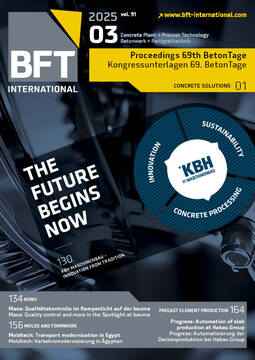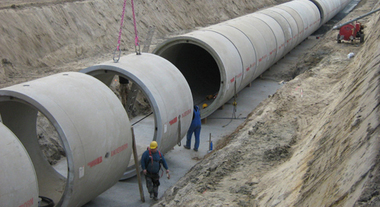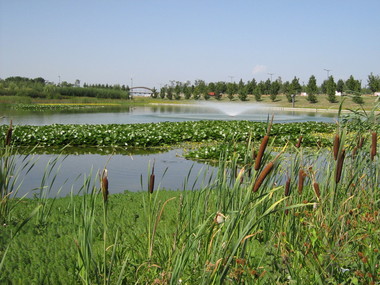Digitization in rainwater infrastructure: intelligent storage control
Increasingly extreme weather events due to climate change present urban development with new challenges. Heavy rains repeatedly cause immense damage to infrastructure and buildings and put residents at risk. On the other hand, drought periods of recent years are still fresh in memory. It must be expected that extreme weather events and their consequences will be of increasing importance for man and environment in the future.
The concept of the sponge city is an alternative available for more sustainable rainwater management. The term does not stand for an individual method in this context, but for a range of various measures that can be chosen on the basis of local conditions and requirements – and that can also be combined as needed. For example, green roofs and permeable paving can reduce rainwater run-off as soon as it occurs.
In rainwater harvesting systems, precipitation run-offs can be stored over an extended period and can be used in households and for irrigation. Unavoidable run-off is returned to the subsoil and thereby returned to the local water balance through infiltration systems. If the subsoil is not sufficiently permeable, retention systems can be employed: e.g., so-called infiltration trenches and trough infiltration systems.
All these measures are aimed at storing rainwater – either by technical systems such as reservoirs, or by utilizing the soil as a natural reservoir. Discharge from these reservoirs should be controlled, if possible, to enable retention of heavy rain on the one hand and storage for dry periods on the other (analogous to a dam). This addresses the so-called rainwater dilemma: flood control areas for heavy rain should be empty whenever possible, while reservoirs for rainwater utilization should be filled.
This dilemma can be solved by controlling reservoir levels based on precipitation forecasts (for so-called intelligent reservoirs). When heavy rain is forecast, the reservoirs are drained as a precautionary measure – either by infiltration or by being slowly (throttled) discharged into surface bodies of water and watercourses.






